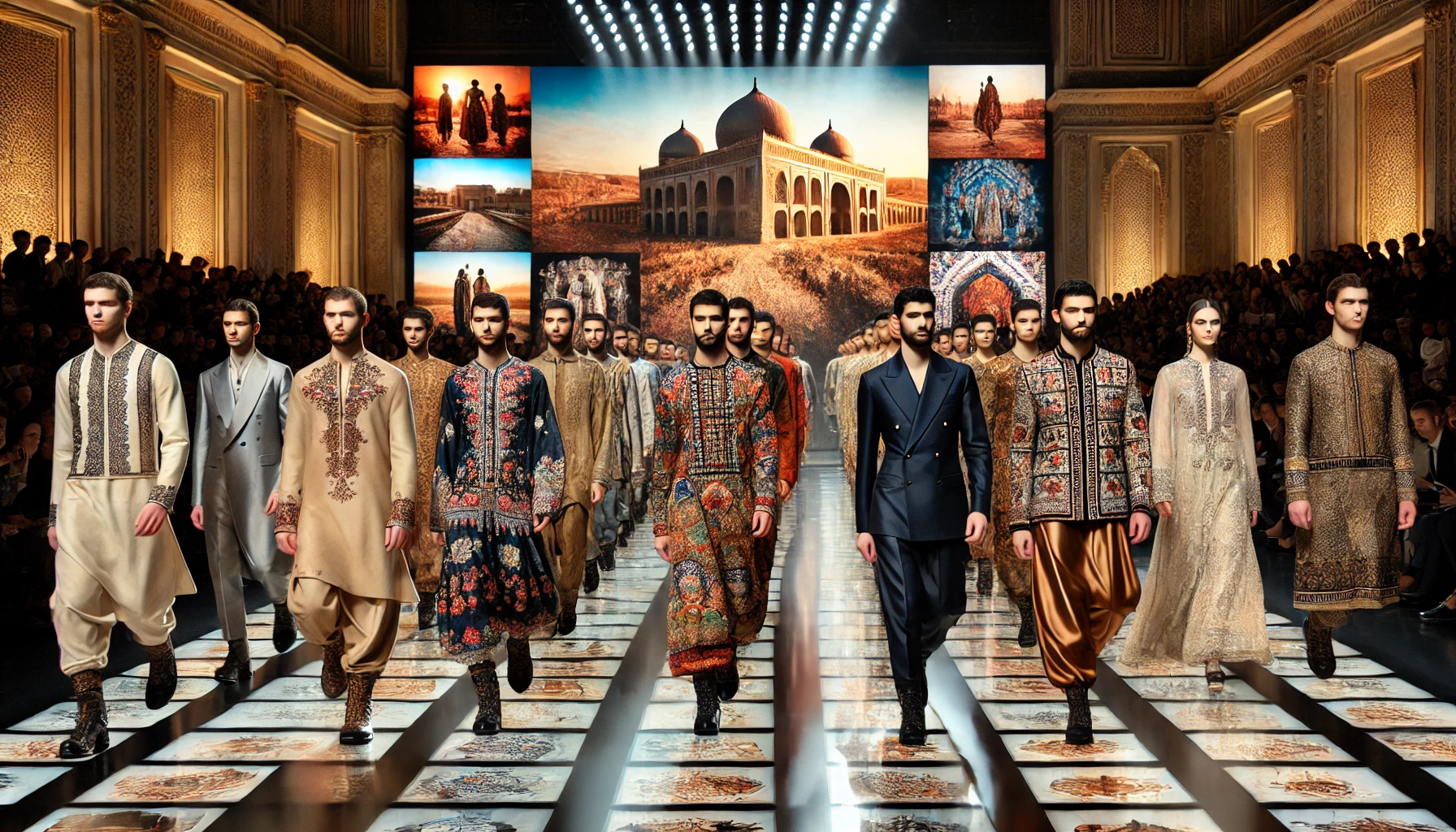We often take for granted the fact that modern fashion has become primarily driven by creativity. This industry has always been one of expression. Be that of the self or expressing a collective sense of unity. But it is impossible to discuss fashion without taking a look at how tradition and culture have shaped it. Today, cultural norms still play an important role in the fashion designs for a lot of nations. But, in the past, cultural norms and tradition were the driving force behind most global fashion.
Cultural trends can take a number of different forms. Religion, industrial changes, political climate. Wars and conquest have also helped shape much of the clothing we know today. Fashion doesn’t exist in a bordered vacuum. As our species has become more connected we have seen different cultures meld together. Leading to new fashion trends bursting forth.
I want to examine exactly how cultural fashion trends are born. What specific factors dictated fashion innovation and design? And how have these past cultural trends impacted the fashion of today?
Religious Fashion
One of the most obvious and long lasting factors that had a significant impact on fashion is, of course, religion. And this impact is still going strong to this day. Numerous religious groups and nations still use fashion as a means of expressing their faith and, in doing so, expressing a core part of their identity.
Buddhism is considered one of the oldest religions in the world. Originating as far back as the 5th century BC. And from the very beginning fashion played a key part in their philosophy and cultural identity. Buddhists are almost always seen wearing the distinctive robes called kāṣāya. The name comes from the dye used to color the robes. Often being brown or saffron.
So why did this trend of wearing simple robes come from? Well the idea was passed down by the Buddah himself. The idea is to express the Buddhist ideal of detachment from material possessions. A quick and visible way to show their humility and devotion to a life focused on spirituality. This ideal of using fashion to express values is found in nearly all religion inspired clothing.
But modern Buddhism has become a minority in regards to global impact. Whereas Islam, the second largest religion in the world, is a much more visible example of religion playing a key role in modern fashion. The most obvious example of this is the Abaya. This is a robe-like loose fitting garment for women designed to cover the majority of their body.
The Abaya was inspired directly by a passage from the Quran. As such the garment has been a significant part of the Islamic identity for nearly the entire lifespan of the religion. It is a way for women to express their faith through modesty preservation. But just because the Abaya is a historical garment it hasn’t stopped fashion designers from innovating and improving upon the design as technology and social trends have shifted.
The Abaya has become a staple of many Muslim cultures across the globe. Even individuals who don’t necessarily follow the Islamic faith devoutly still wear the garment as a sign of cultural kinship. This has led to many companies innovating upon the design to create Abayas that are more fashion forward and trendy. If you take a look at any digital Abaya shop you will find a huge selection of varied and modern interpretations of the garment.
Cultural Impacts
One of the biggest and most impactful shifts in the world of fashion was the gay rights movements of the 20th century. The industrial revolution shifted the fashion landscape massively, moving the industry from something aimed at the rich and powerful to a global industry targeting people from all economic backgrounds. But social norms still dictated what was socially acceptable in regards to fashion. And, as such, dictated what the major fashion companies would produce.
Fashion and the queer community have always been interlinked to the highest degree. Fashion quickly became one of the primary means for members of the queer community to express themselves. The ideology of self-expression, freedom from social norms, and advocating for their right to be seen and to exist without hate from society. One of the main ways this presented itself was in the challenging of gendered fashion. Before the gay rights movements it was considered socially unacceptable for people to wear clothes designed for the opposite gender. Now, because of these civil rights movements, Drag has become one of the most popular fashion styles on the planet. With numerous TV shows and live performances dedicated to it.

